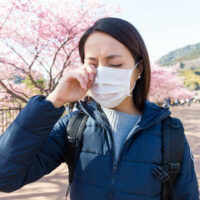
A guide on seasonal allergies
Seasonal allergy, also known as hay fever, occurs when your body’s immune system seems a perfectly normal substance in your daily life to be dangerous. This causes a release of antibodies into your bloodstream which churns up an allergic reaction which we commonly refer to as allergies. When you face allergies all-around the year, we term them as seasonal allergies. A common example of an allergic reaction to a harmless substance is pollen, which has been known to cause hay fever amongst 8% of the US population. Symptoms of seasonal allergies According to the information stated by a typical seasonal allergy chart, the following are the most common symptoms of seasonal allergies, ranging from mild to severe, in no particular order or combination. Sneezing Runny nose Watery eyes Itchy throat, sinuses, and ear canals Ear congestion Postnasal drainage Headache Shortness of breath Wheezing Coughing Asthma Allergies in seasons The causes of seasonal allergies are linked to their seasons. Here are the most common causes of seasonal allergies according to the seasonal allergy chart that prevail in all seasons. Spring – Springtime seasonal allergies are accounted for mainly by the Birch tree. Seasonal allergies originating in spring season can be caused by other allergen-releasing trees like cedar, alder, horse, chestnut, willow, and poplar.
Read More 







